In newer versions of the macOS operating system, native Mail on Mac offers the option of installing extensions, just like many web browsers. These are nifty software add-ons that add interesting extra features to your Apple email client. How to add Mail on Mac?
It could be interest you
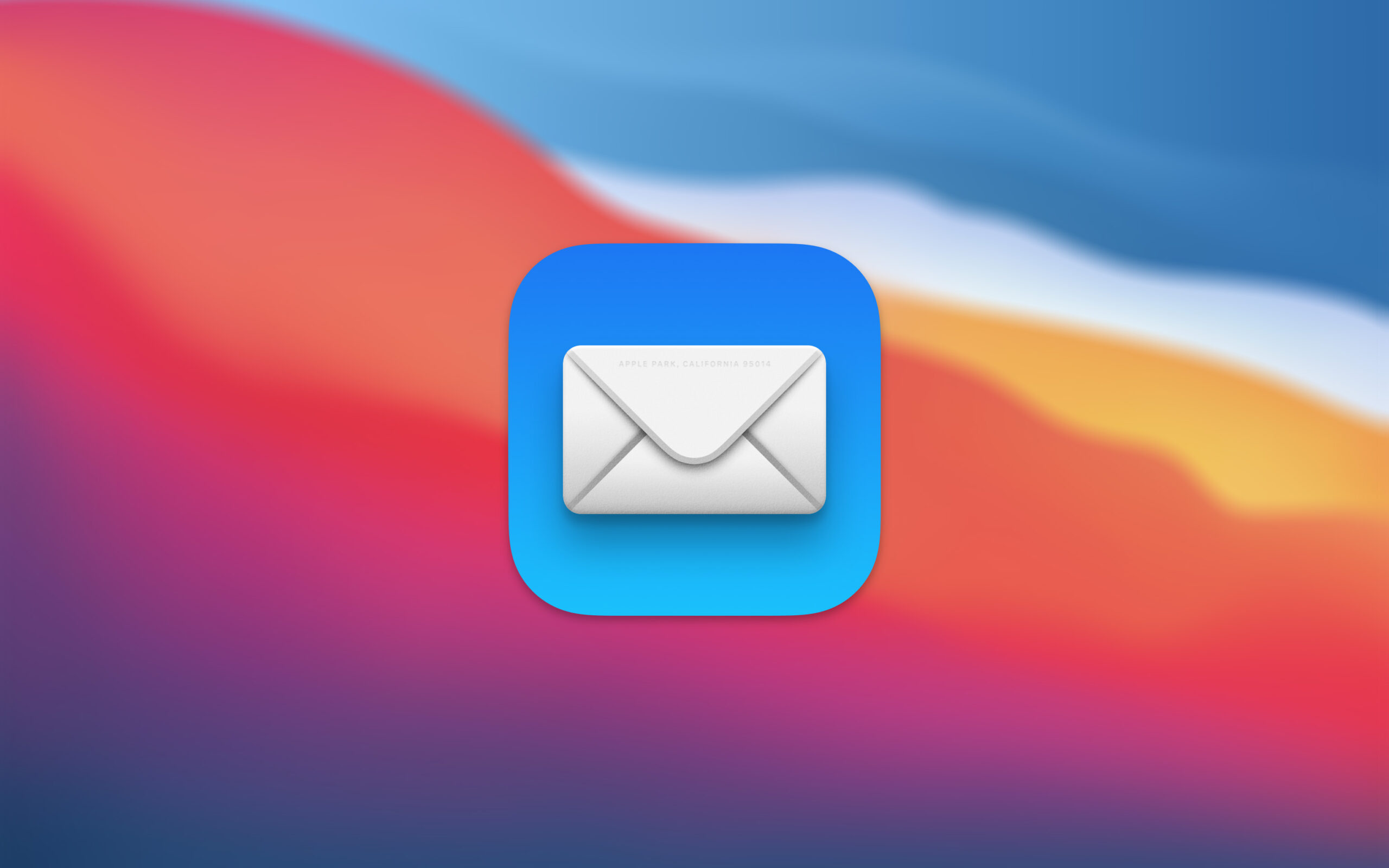
For many years, users have claimed that Apple neglects its native Mail (and not only) on the Mac in a way, does not listen to long-standing user requests, and does not put much effort into adding new features. Significant changes actually only occurred with the arrival of the operating system maOS Ventura, when native Mail received a handful of functions that have long been commonplace in many third-party clients - for example, scheduling the sending of a message or canceling a sent message. But Mail for Mac has also offered the option to install extensions for some time.
Mail extension on Mac
Extensions for Mail on Mac work - to put it simply - similarly to add-ons for the web browsers Safari or Chrome. These tools give you more options when it comes to creating or managing email messages. Apple divides extensions for its native Mail into four categories – email creation extension, email management extension, content blockers a security extension.
Where to download extensions for Mail on Mac
Native Mail doesn't have Apple extensions preinstalled, but you can download third-party add-ons. Finding extensions for Mail isn't exactly easy, because these extensions don't have their own category in the Mac App Store, unlike extensions for Safari, for example. So there are two options - either you thoroughly go through the Tools category in the Mac App Store, or you enter "Mail Extension" in the search box of the online application store. Most extensions are free with in-app purchases.
How to Install Mail Extensions on Mac
You install the selected extension in the same way as any other application from the App Store - by clicking on Get -> Buy (in the case of paid extensions, by clicking on the price button). But it doesn't end there. Similar to Safari, installed extensions in Mail are disabled by default. So you still need to start native Mail and click on the bar at the top of your Mac's screen Mail -> Settings. At the top of the settings window, click the Extensions tab, then activate the necessary items. Follow the same path if you want to deactivate the extension (in this case, uncheck it in the left panel) or uninstall it (click Uninstall in the main window).
Which Mail extensions on Mac are worth it?
Finally, we'll bring you some tips for interesting Mail extensions that are worth checking out and that are usually well-rated by users.
Mail steward – an extension for storing, archiving and advanced search of mails with support for multiple accounts. Free trial version.
Mail Act-On – advanced functions for sending and creating e-mails. Mail Act-On offers the ability to set rules for messages, create templates for replies or even set a preferred folder for moving messages. Supports keyboard shortcuts. The extension is part of a comprehensive package MailSuite.
Msgfiler – a keyboard-controlled extension designed for quick and efficient email management on your Mac. It allows you to move, copy, tag and manage your e-mails using the keyboard.
Mail butler – adds extra features to your Mail on Mac. It will suggest the best time to send an email, allow tracking of sent messages, a smart send delay feature, the ability to create templates, add notes, tasks, collaboration and much more. Limited free version.
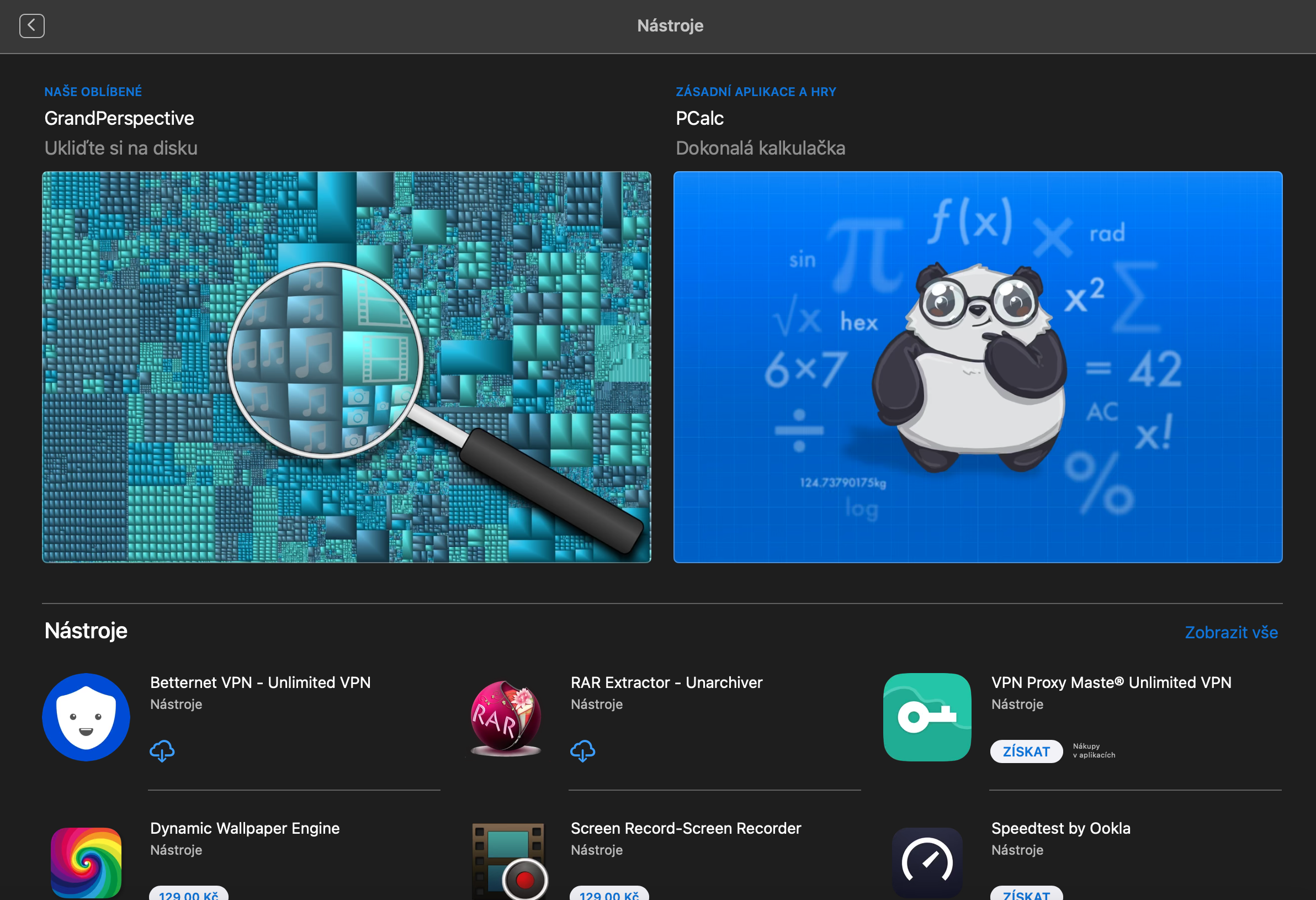
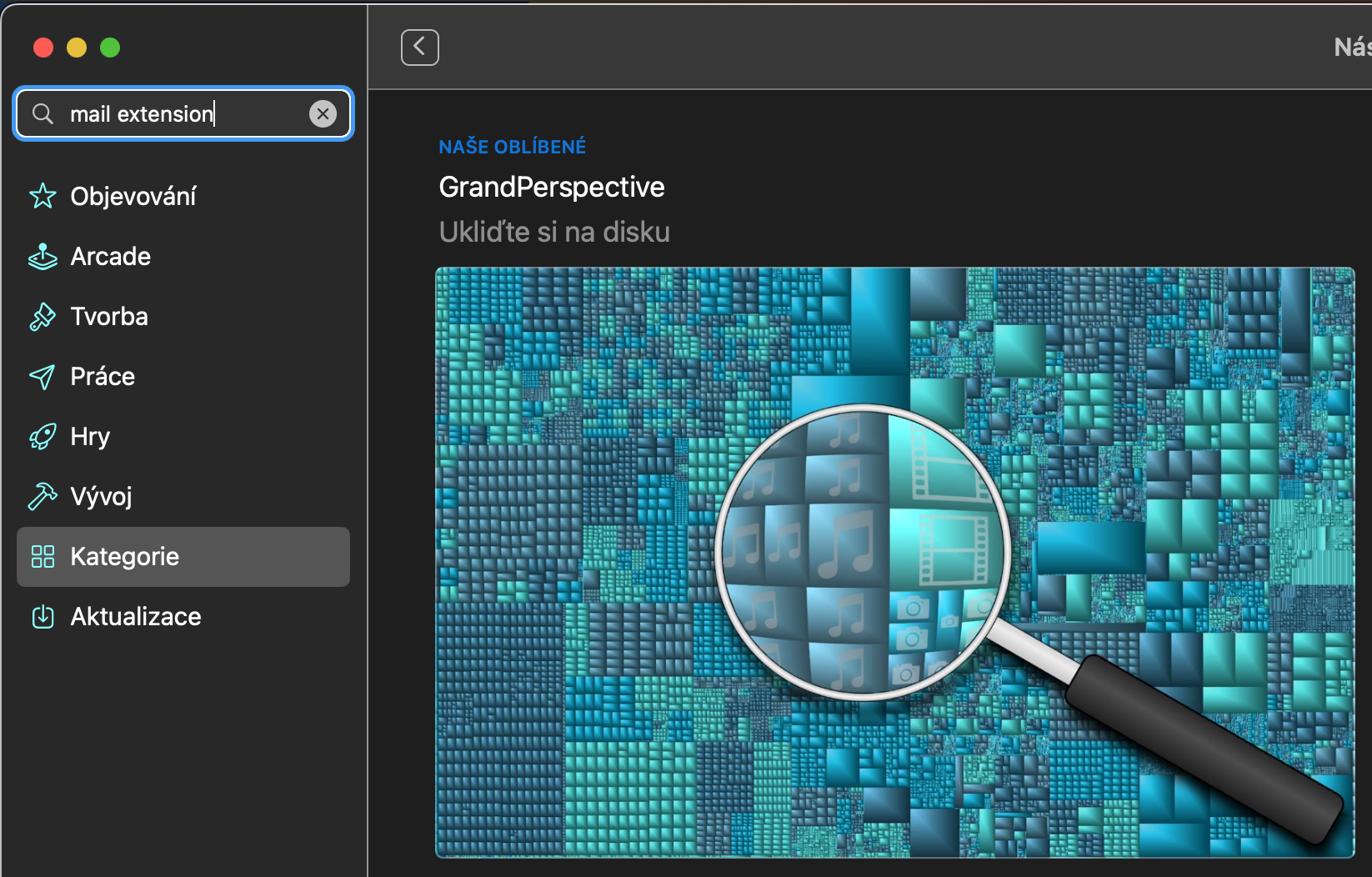

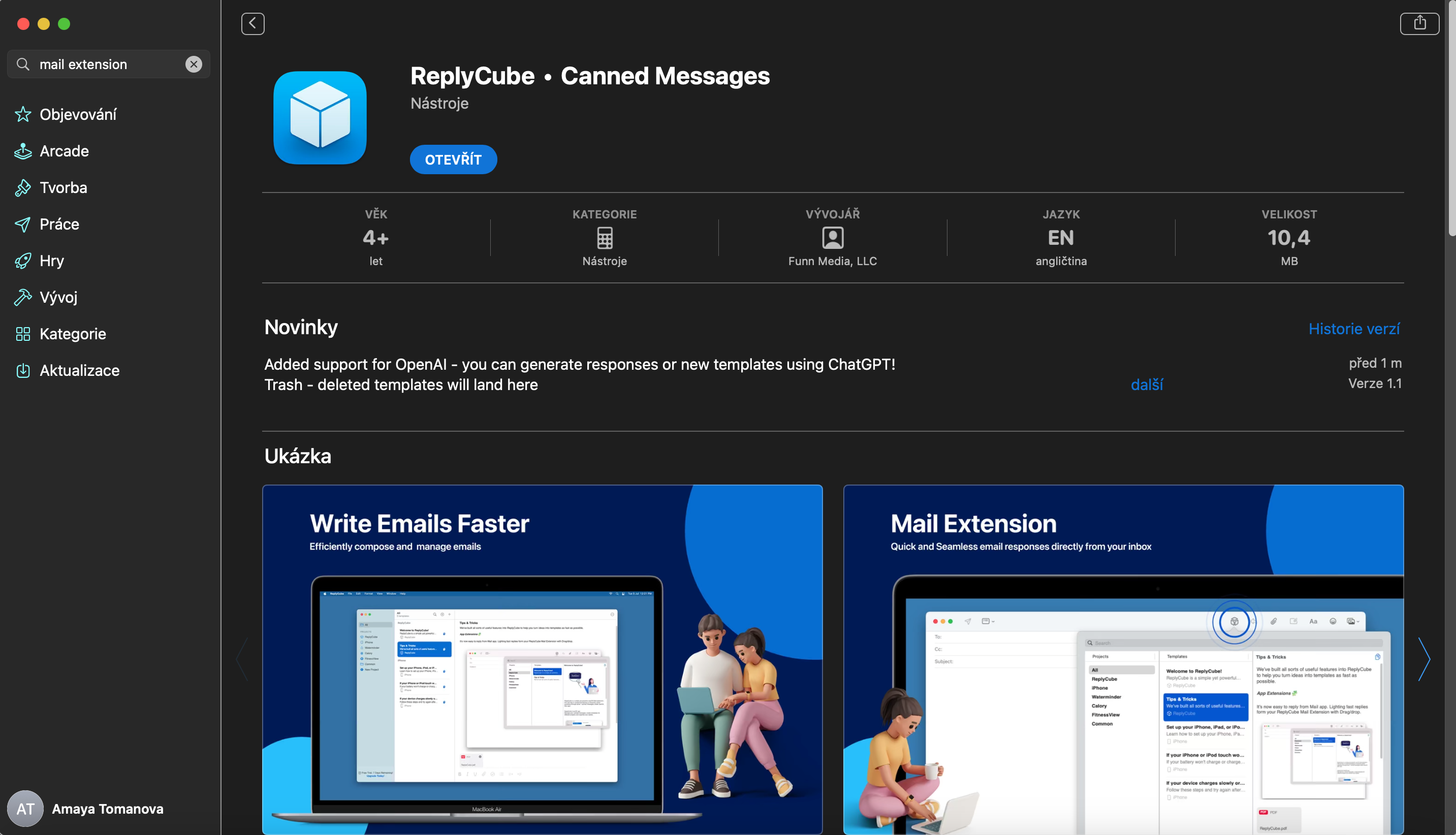
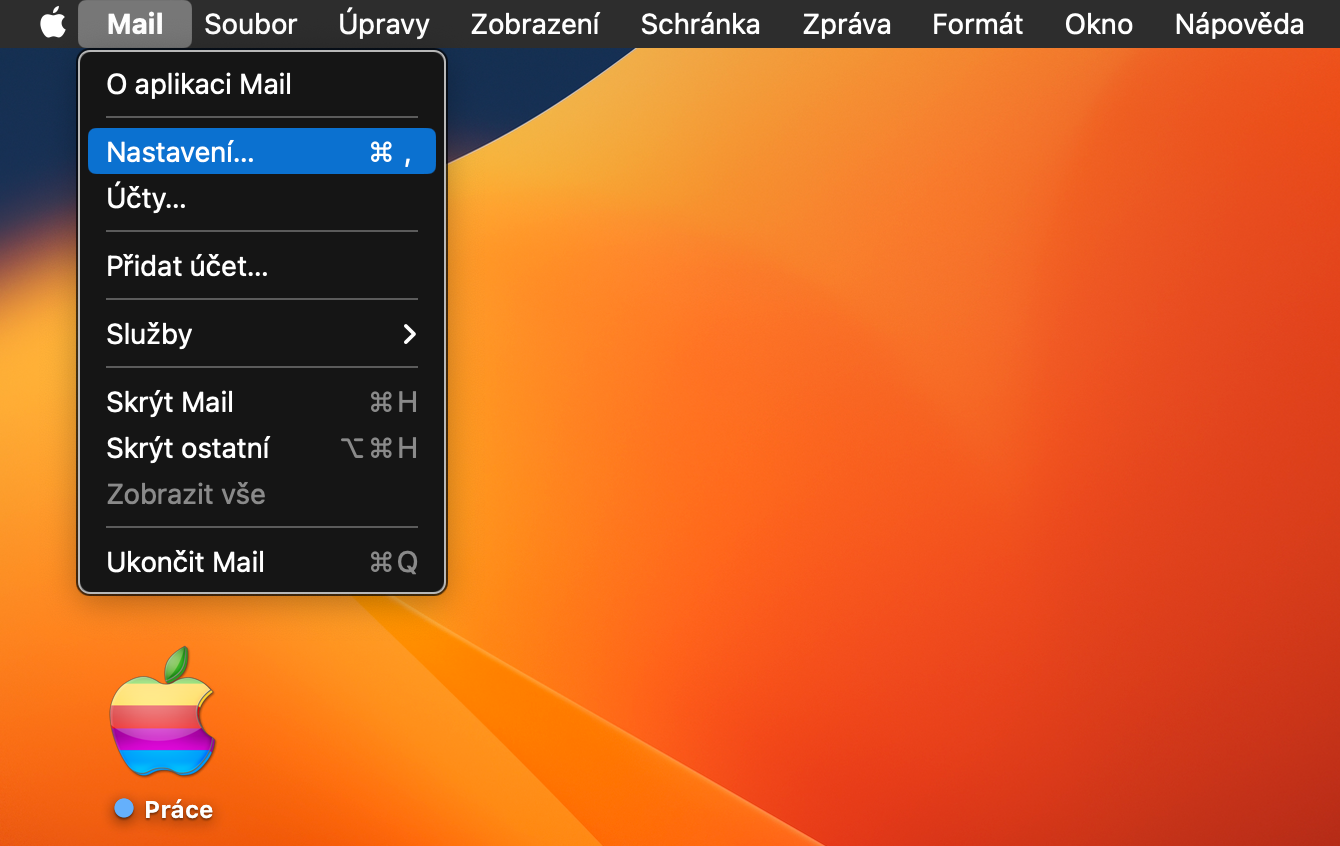


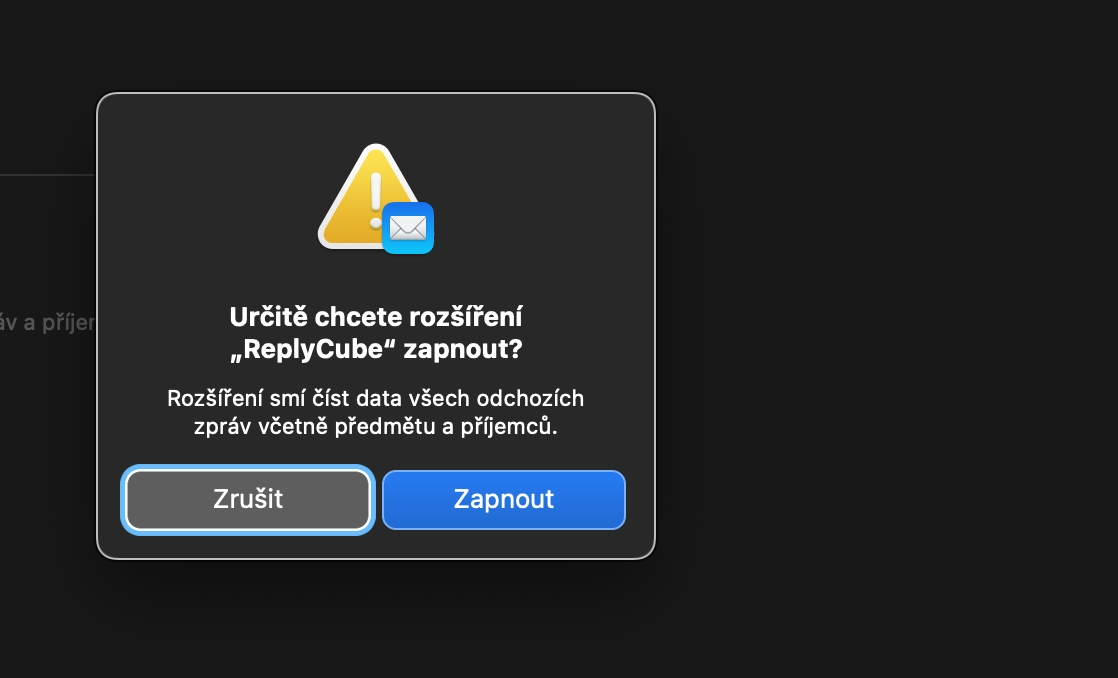

The best mail app for MAC is eM Client. It works similarly to Outlook, but takes up less space, integrated calendar, encryption, management of multiple accounts, seehttps://cz.emclient.com/produkt-prehled
eM client is one of the best e-mail clients, the free version supports 2 e-mails and it is a Czech product, but a lot of people don't even know it exists. But Outlook is now free and with a new interface.
eMclient is good, the problem is that if I wanted to use it on all devices, I would pay approx. CZK 6000 for the license. That seems pretty corny to me these days.
I use GPG Suite for email encryption.
Spark! ;)?